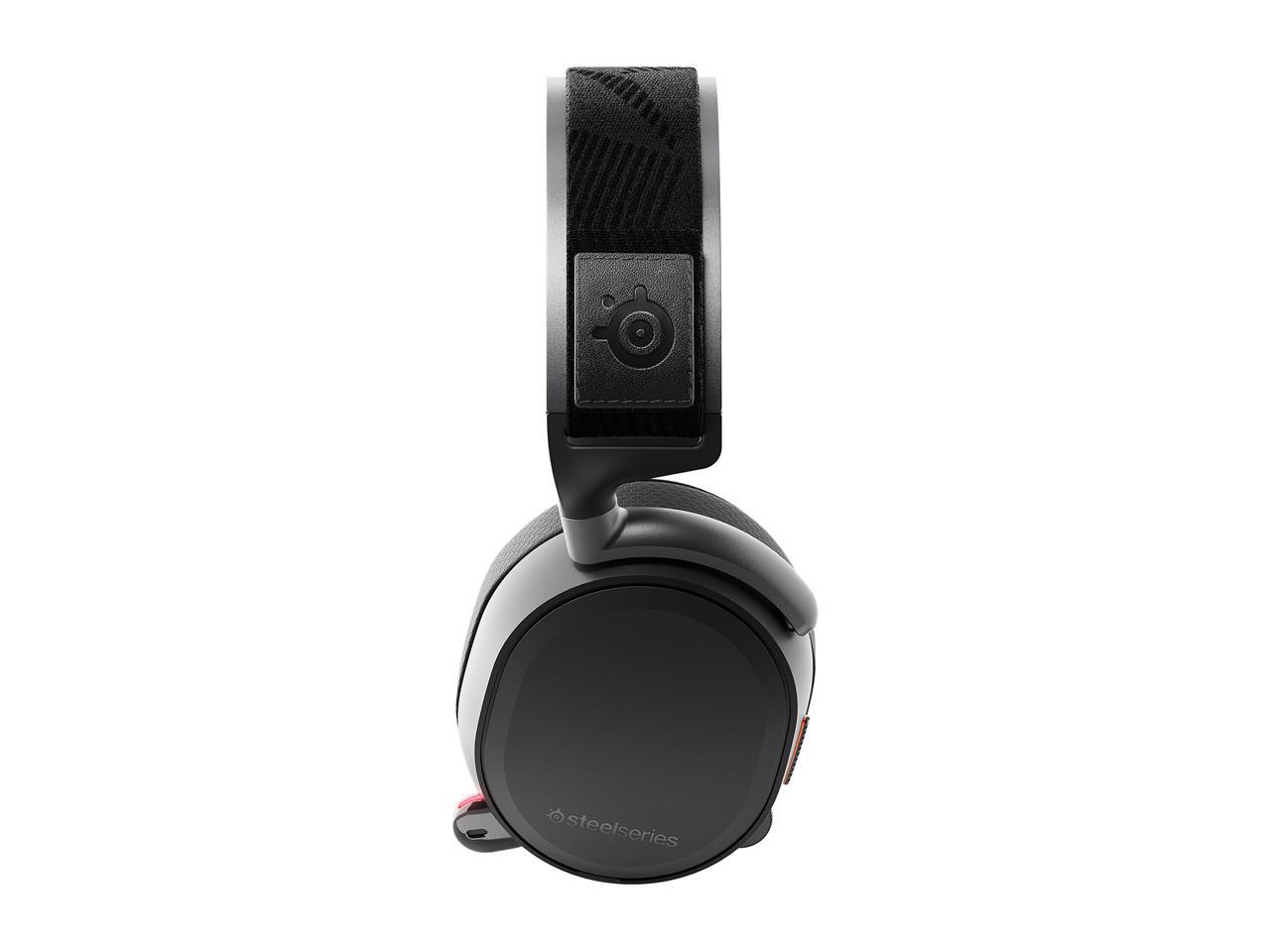

The four L‐shaped inverted F antennas were able to detect 360 degrees of E ϕ $$ in the Azimuth direction. The average of −10 dB bandwidth in the ISM band was 122 MHz (5%), and the average gain was 2.2 dBi. The total size of the multidirectional antenna was 70 mm × 70 mm × 30 mm, and each antenna (#1–#4: L‐shaped inverted antenna, #5: inverted F antenna) retained the radiated characteristics of a broadside on the ground plane.
#Better fidelity wifi vs bluetooth Bluetooth
The ground plane was folded into the shape of a square pyramid to direct beams into five different directions and each of them was placed 20–30 m away from the Bluetooth system to secure a stable recognition distance. An inverted F and L‐shaped inverted antenna in a three‐dimensional arrangement was mounted on a ceiling of an indoor parking lot. In this study, a multidirection pyramidal 5‐element antenna is designed to detect vehicle position information in the direction of the total hemisphere in real time. CONCLUSION: Theseresults open up for a wide range of audiological applications in indoor environments for supporting new context-aware services for improving the hearing experience of the users. RESULTS: Room classification results provided an accuracy of 88.79% and it was found feasible and reliable to differentiate whether the hearing aid user was within a comfortable conversation distance or not. The efficacy of the research platform was evaluated during two hearing experience relevant efficacy studies: 1) room classification and 2) proximity detection of hearing aid users to their conversationpartners. The Raspberry Pis used the two statistical learning methods K-Nearest Neighbors and Decision Trees for non-obtrusive detection, classification, and determination of the location of the hearing aid. METHODS: A research platform based on a single Oticon hearing aid and three embedded Raspberry Picomputers placed at three strategic locations in a home setting was developed. OBJECTIVES: The aim of this study was to investigate the potential of using the BLE radio signal of hearingaids to provide indoor localization and positioning support when used in combination with fixed radio access points in a home setting. This allows for the development of positioning and localization services using BLE. Several modern hearing aids are already equipped with Bluetooth Low Energy (BLE) antennas enabling their connectivity with smartphones and other compatible devices. Knowing the context of a hearing aid user in the home setting, including the position within the home, could likely automate and optimize relevant hearing aid settings as needed. The context of use, whether being outside, inside of large or small rooms, in a quiet or noisy environment, or talking with someone near or at a distance, often requires the hearing aid user to adjust the settings of the hearing aids manually in order to reach an optimal or even acceptable hearing experience.

BACKGROUND: Hearing loss is a common disorder which is usually treated with hearing aids.


 0 kommentar(er)
0 kommentar(er)
